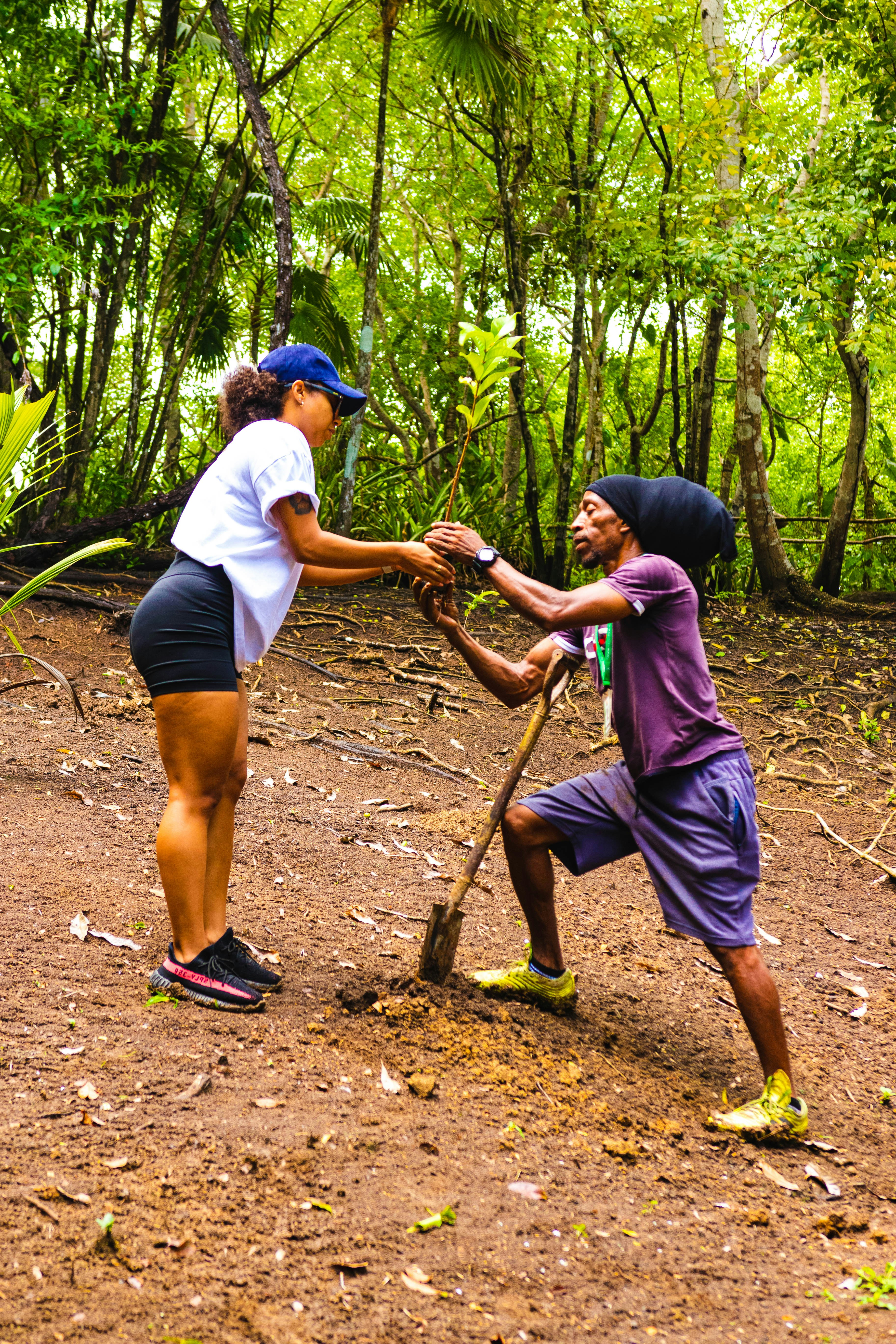The Importance of Tree Planting in Environmental Education
Tree planting is a vital component of environmental education, serving not only as an avenue for hands-on learning but also as a practical response to pressing ecological challenges. Trees play an instrumental role in enhancing air quality by filtering pollutants and absorbing carbon dioxide. This is particularly significant in the context of climate change, where deforestation exacerbates greenhouse gas emissions. By integrating tree planting projects into classroom curricula, educators can provide students with a tangible understanding of the ecological benefits these organisms offer.
Moreover, participating in tree planting initiatives deepens students’ connection to their environment. Engaging in these projects allows learners to witness firsthand how their actions contribute to improving local ecosystems. Through such experiences, students often come to appreciate the intricate relationship between natural processes and everyday life, fostering a sense of stewardship. This sense of responsibility is crucial, as it encourages students to be proactive in addressing environmental issues both now and in the future.
Furthermore, the educational value of tree planting extends beyond environmental science. This activity encompasses various subjects, including biology, geography, and social studies, making it a cross-disciplinary learning experience. Students can explore the life cycle of trees, their ecological niches, and the cultural significance they hold in different communities. Such comprehensive engagement not only enhances knowledge but also promotes critical thinking and teamwork as they collaborate with peers on planting and caring for trees.
In conclusion, incorporating tree planting initiatives into the classroom curriculum is essential for enriching students’ understanding of the environment. Through hands-on activities, children gain valuable insight into the importance of trees in combating climate change, ultimately inspiring them to become conscientious guardians of the planet.
Empowering Young Leaders: Skills and Strategies for Organizing Campaigns
Empowering children to lead tree planting campaigns involves fostering essential skills and cultivating effective strategies. Leadership is paramount; young leaders must be encouraged to voice their ideas and organize activities. They can develop leadership qualities by taking on roles such as project coordinators, which allows them to hone their decision-making and problem-solving abilities. Encouraging initiative not only builds confidence but also creates a sense of ownership over their environmental initiatives.
Teamwork is another crucial element in organizing successful tree planting campaigns. Children should learn to collaborate effectively with peers, recognizing each member’s strengths and contributions. Engaging students through activities such as workshops or group discussions can promote a spirit of cooperation. By setting shared goals and establishing a supportive atmosphere, young leaders can create a unified team motivated to take action for their community.
Moreover, communication skills play a vital role in rallying support and conveying the purpose of the campaign effectively. Children should be encouraged to articulate their vision clearly, whether it’s in meetings, presentations, or digital communications. Engaging their audience through storytelling can be particularly impactful, as it connects emotional resonance with the importance of tree planting initiatives. They should also be taught to listen actively, embracing feedback and adjusting their strategies accordingly.
To facilitate tree planting campaigns, practical steps can be implemented, such as creating timelines, allocating responsibilities, and choosing suitable locations for planting. Utilizing digital tools and social media can amplify the campaign’s reach; children can create engaging content to share updates, seek volunteers, and spread awareness on platforms where they have a presence. This not only takes advantage of modern communication but also encourages their peers, teachers, and parents to participate actively in the initiative, ultimately fostering a stronger community commitment to environmental stewardship.
Building Community Partnerships: Collaborating for Greater Impact
Children often possess an innate enthusiasm for environmental initiatives, particularly tree planting campaigns. To amplify this enthusiasm and ensure impactful outcomes, it becomes essential to establish robust community partnerships. Collaborating with local organizations, businesses, and government entities can significantly enhance the scope and effectiveness of these initiatives. Through strategic alliances, children can mobilize resources, gain valuable mentorship, and garner essential community support for their tree planting efforts.
One effective strategy for building these partnerships is raising awareness about the environmental benefits of tree planting. Children can host informational sessions, workshops, or presentations aimed at schools, community centers, and local businesses. By utilizing creative methods—such as art displays or social media campaigns—young activists can reach broader audiences, effectively communicating the importance of trees in improving air quality, reducing urban heat, and enhancing local biodiversity.
Moreover, showcasing successful case studies can greatly influence community interest and engagement. Instances where children have partnered with local governments or environmental groups have often resulted in significant improvements. For example, a group of students in a suburban area collaborated with a local nonprofit to plant trees in parks that had insufficient greenery, resulting in increased foot traffic and community pride. Such achievements not only underline the effectiveness of cooperation but also serve as inspiration for other children and communities.
Another critical aspect of fostering community partnerships is mentorship. Local leaders, environmental experts, or seasoned activists can play an instrumental role in guiding children through the complexities of project planning and execution. By working alongside experienced individuals, young activists learn valuable skills, build networks, and increase their project’s credibility, thus ensuring a more substantial impact in their tree planting endeavors.
Celebrating Success: Sharing Stories of Impact and Lessons Learned
Sharing the outcomes of tree planting campaigns is crucial in reinforcing the sense of achievement among children and the wider community. By documenting their experiences and milestones, children not only celebrate their hard work but also help to highlight the positive impact of their efforts on the environment. This documentation can take many forms, including journals, photographs, and videos, which can capture the journey from planning to execution. Such materials become valuable tools not only for personal reflection but also for presenting results to the community and fostering a collective sense of pride.
When children share their stories, they provide a compelling narrative that emphasizes the benefits of tree planting, including improved air quality, increased biodiversity, and enhanced community spaces. These stories often resonate with both peers and adults, thereby inspiring further action and collaboration. By showcasing the tangible outcomes of their campaigns, children can motivate others to engage in similar environmental initiatives, thus promoting a culture of environmental stewardship within their communities.
Reflection plays a key role in this process. As children recount their experiences, it is important for them to evaluate what worked well and what could be improved. This practice not only helps in acknowledging successes but also in recognizing challenges that may have arisen during the campaign. Engaging in discussions about these challenges allows children to think critically about their actions and decisions. Moreover, understanding these lessons can amplify their effectiveness in future campaigns, making them more resilient and adaptive leaders.
Ultimately, the act of sharing experiences fosters a collaborative spirit, encouraging communities to come together around the common goal of environmental sustainability. By amplifying their voices and learning from their journeys, children become influential agents of change in their communities, inspiring others to join the movement toward greening urban spaces and fostering a healthier planet.






